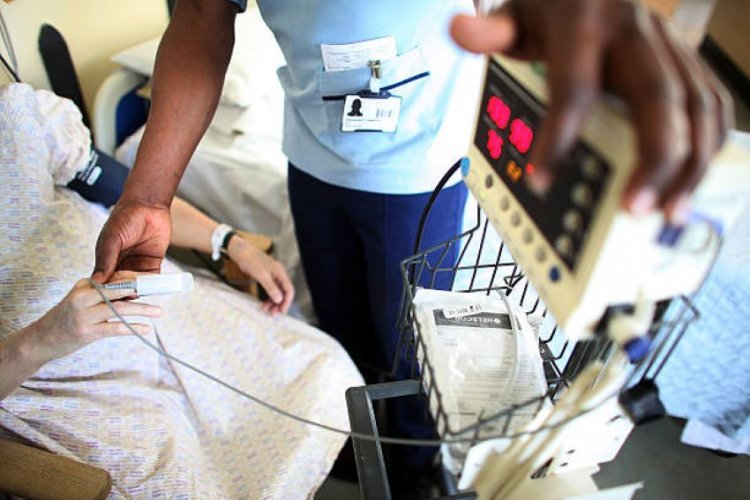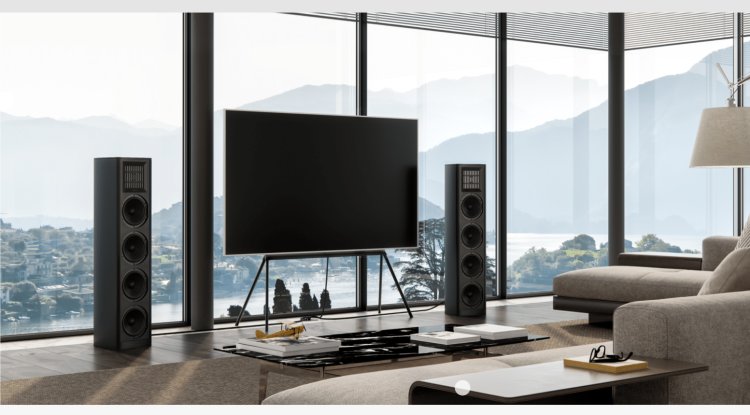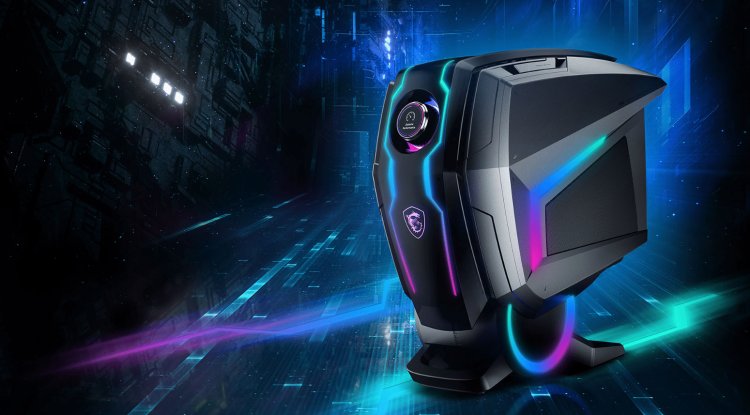How Much Can Mobile Applications and Algorithms Help Doctors Treat Us Better?
In the past, home visits to doctors were the privilege of the rich. Advances in diagnostics and monitoring from remote locations with cloud computing, machine learning, and increasingly available technologies herald the beginning of the end of that practice. Triage of patient data is increasingly being processed by algorithms.

Although one would associate it with pure hypochondria, continuous monitoring of health can really help us to know our basic vital statistics, monitor health indicators, and all changes. At the end of the day, it can help us prolong our lives and the lives of those we care about. However, regular check-ups and analyzes require extra effort, are a low-priority luxury for many in the distribution of the household budget, and are difficult to access in non-urban environments.
Smartphones and smartwatches today can read vital health parameters such as heart rate, blood oxygen levels, or blood pressure levels, as well as create complex electrocardiograms, using mobile applications approved by the US Food and Drug Administration (FDA). The fact that the FDA, in addition to food and medicine, has started approving software and hardware (mobile applications, various devices with various sensors and sensitive electronics, etc.) speaks volumes about the direction the digital healthcare industry is heading.
Smartphones not only store data but also interpret it. Below we present an overview of some of the most advanced technological solutions for independent monitoring of health parameters.
Apple Watch users know that an unusually high or low heart rate or irregular heartbeat can alert you to disorders such as atrial fibrillation. On the other hand, it can have some side effects that cause headaches for doctors, such as self-diagnosis, false-positive results, and the like. A fact is that the Apple Watch is definitely the most advanced health wearable device today.
VROR EYE - diagnostics of eye diseases with the help of VR console
VROR is coming from South Korea - an ophthalmic solution for eye examination based on VR. This system, with the addition of a VR console, mimics the functionality of complex and bulky machines for vision testing, eye analysis, and the entire eye socket. It has the ability to perform as many as seven complex ophthalmological tests at any location and at any time through simple gamification using eye-tracking technology. The collected data is sent to a mobile application in order to understand the health of the patient's optic nerve, after which the patient receives an appropriate interpretation of that data and diagnosis. Say goodbye to pupil dilation at an ophthalmologist!
Steth IO - advanced stethoscope to take away.
Steth IO is a mobile stethoscope that records decodes and analyzes sounds coming from the heart and lungs with the help of a smartphone. The mobile application that supports the operation of this mobile stethoscope is also an advanced telemedicine platform that enables cardiopulmonary examination and monitoring of the patient from home in real-time.
AliveCor - an ECG device that fits in your pocket.
AliveCor offers a product that in combination with a smartphone application provides the function of a personal portable ECG device. For $ 89, users can get a device that will read vital heart-related signals in just 30 seconds and diagnose the most common anomalies.
The company has invested heavily and years of developing this technology protected it as its patents and recently filed a lawsuit against Apple, which used their patents to add these features to the Apple Watch.
Butterfly iQ - ultrasound on a smartphone
Butterfly iQ is a portable ultrasound device that gives a 2D image during examination on a smartphone. It can be connected to newer generation Android and iPhone devices and gives the ability to scan the lungs, heart, and womb. It has really impressive functionalities such as color Doppler, 3D visualization of the bladder, calculation of dimensions, and vital metrics when examining fetuses in pregnant women, and in addition, the platform also offers the possibility for telemedicine examinations.
ParatusPerio - a quick test to detect oral infections.
Paratus Diagnostics has developed a simple and affordable ParatusPerio test that detects and quantifies oral bacteria and markers associated with periodontal disease, cardiovascular disease, rheumatoid arthritis, and Alzheimer's disease. The test processes a sample of saliva that is placed in a disposable cartridge, which is then connected to an ordinary smartphone that provides data analysis and graphics in less than 20 minutes through a mobile application.
Disruption of traditional health systems
The possibility of continuous monitoring of health with the help of such connected devices is a disruption of traditional health care at several levels:
FAR EFFECTIVE PREVENTION OF HIGH-RISK DISEASES
With continuous monitoring, people who take care of their health condition are more likely to intercept the problem in advance and seek appropriate medical care. For example, some patients are more likely to call their doctor and schedule an examination if their smartwatch warns them of atrial fibrillation, which is often asymptomatic and has an extremely significant risk factor for stroke.
REDUCING THE BURDEN OF EMERGENCY SERVICES
This can significantly reduce the workload of emergency medical services. With these services, the most important efficiency factor is time, and the largest part of the pathology of the highest priority is represented by cardiovascular diseases. Precisely these diseases belong to the group of those whose vital parameters can be continuously monitored "from home" and react in time.
NEW OPPORTUNITIES FOR HEALTH SYSTEMS AND HEALTH INSURANCE
If healthcare institutions and insurance companies have the know-how, appropriate human resources, and technological infrastructure that can support the advanced use of data, completely new opportunities open up for them. In this way, information and communication technologies could support the exchange of data and the sharing of medical records, information, and knowledge with great care and strict regulation regarding the privacy of personal data. In addition to representing disruption,
this also makes it possible for individual financial forecasts where it is possible to use real-time data and, with their specific algorithmic recalibration, to estimate a certain risk quite accurately.
However, connected devices are not available to everyone, which means that a new digital divide could be on the horizon, which would further reduce health equality in many communities.
By: Deya - Gossip Whispers





























